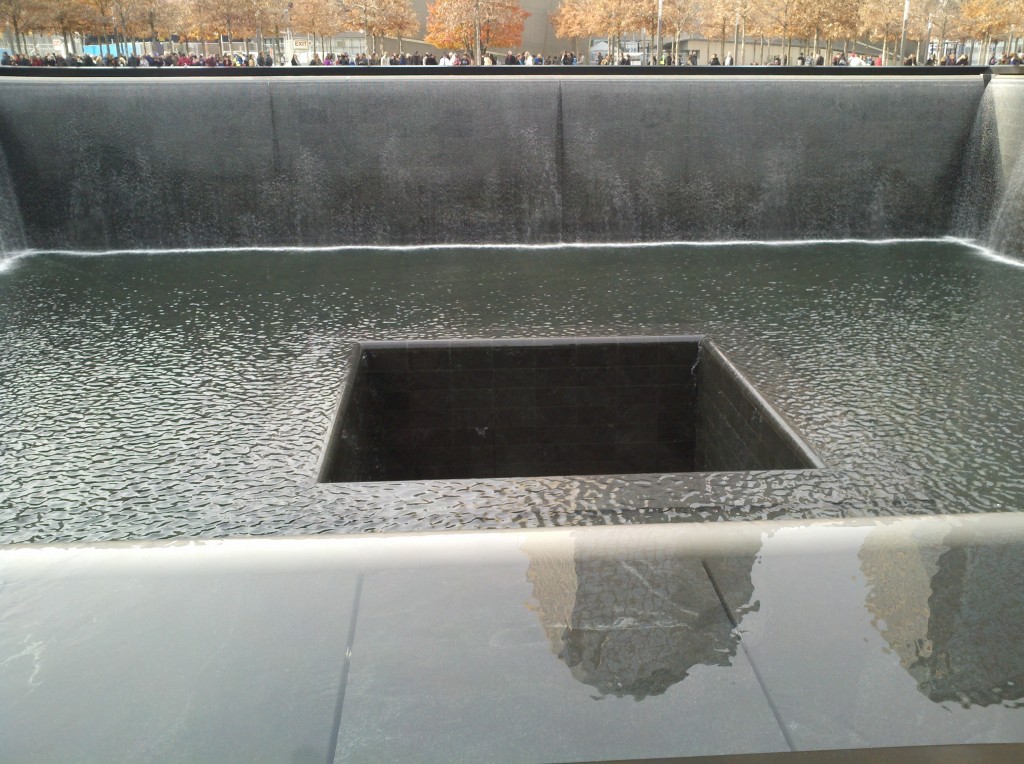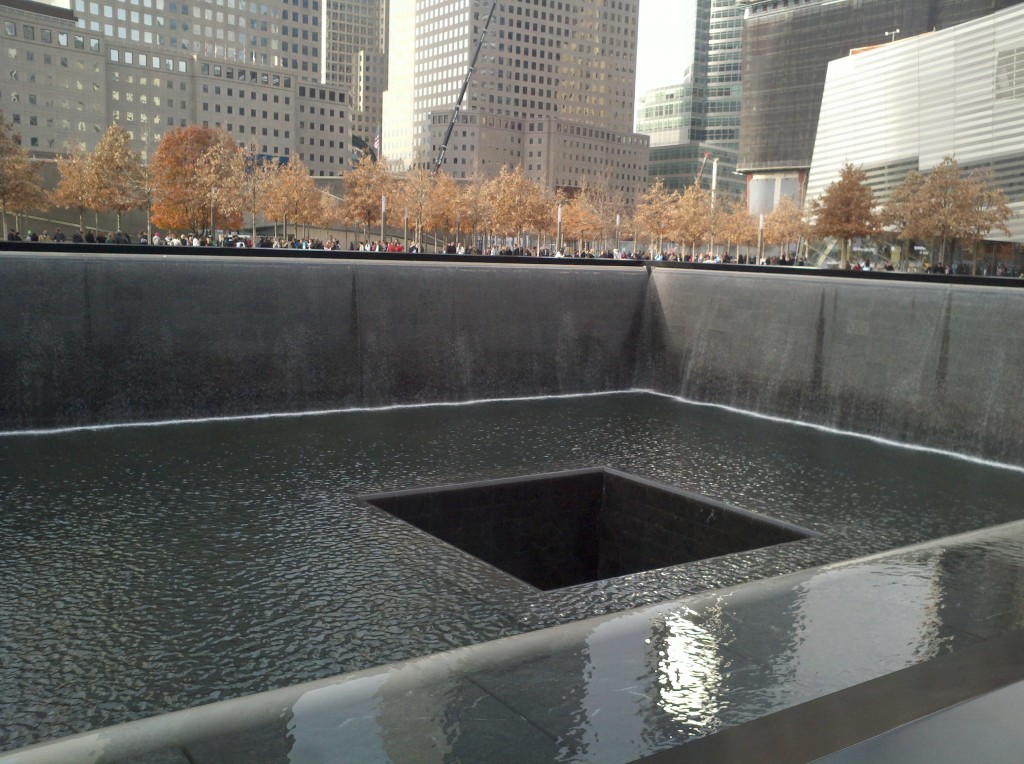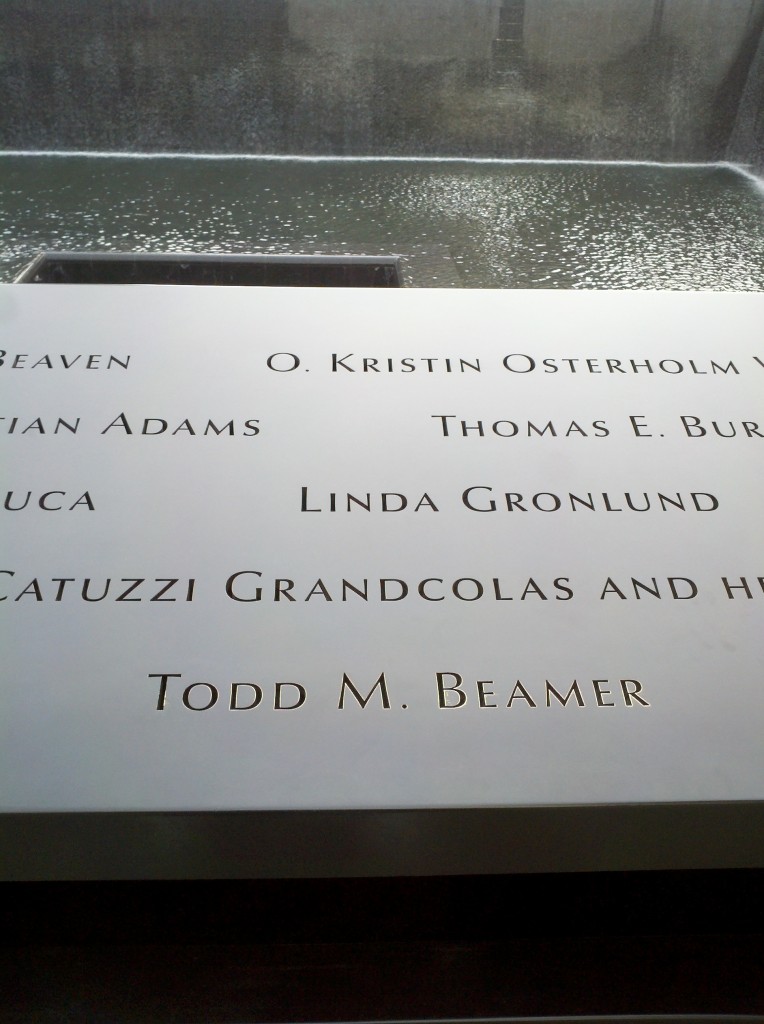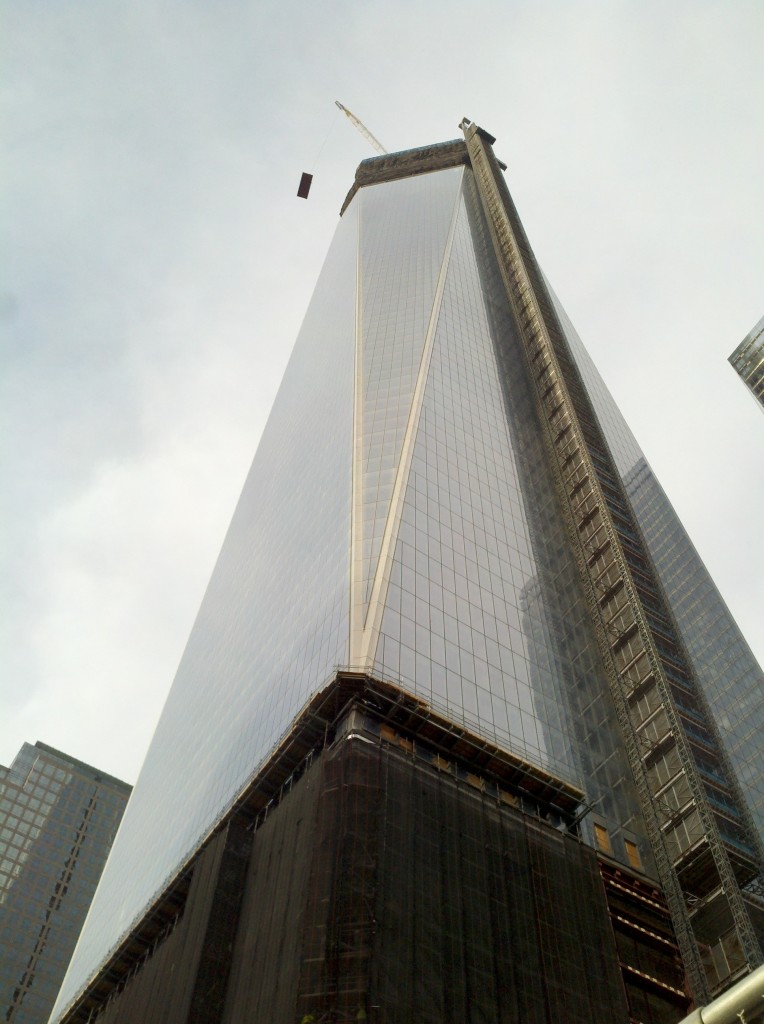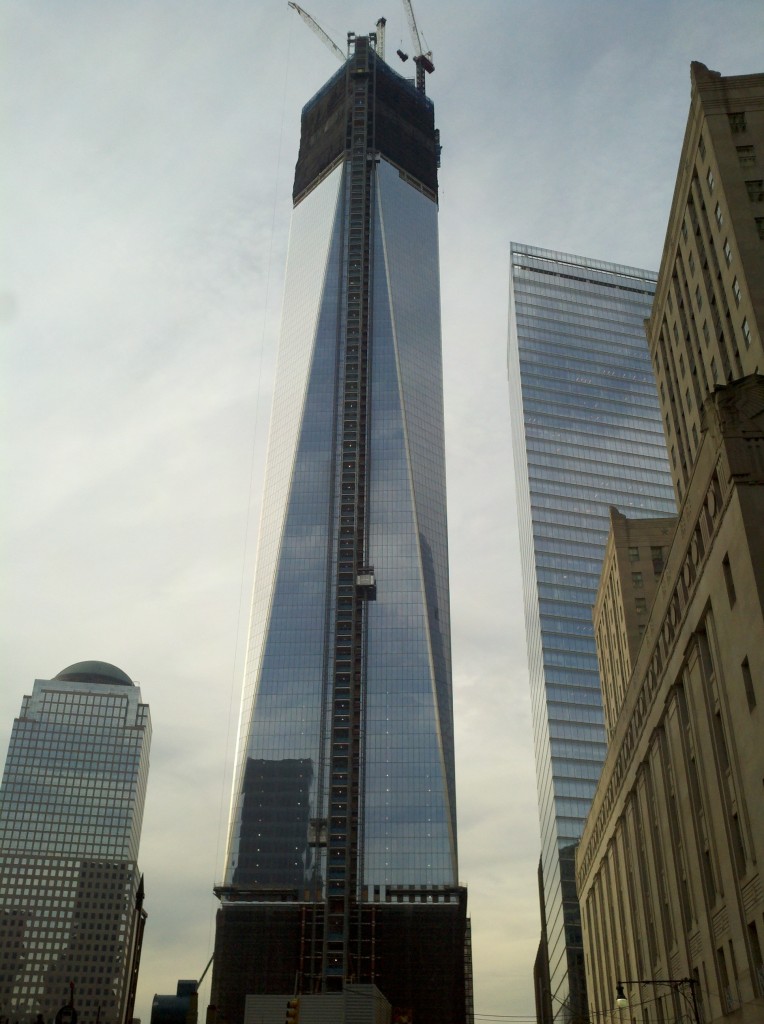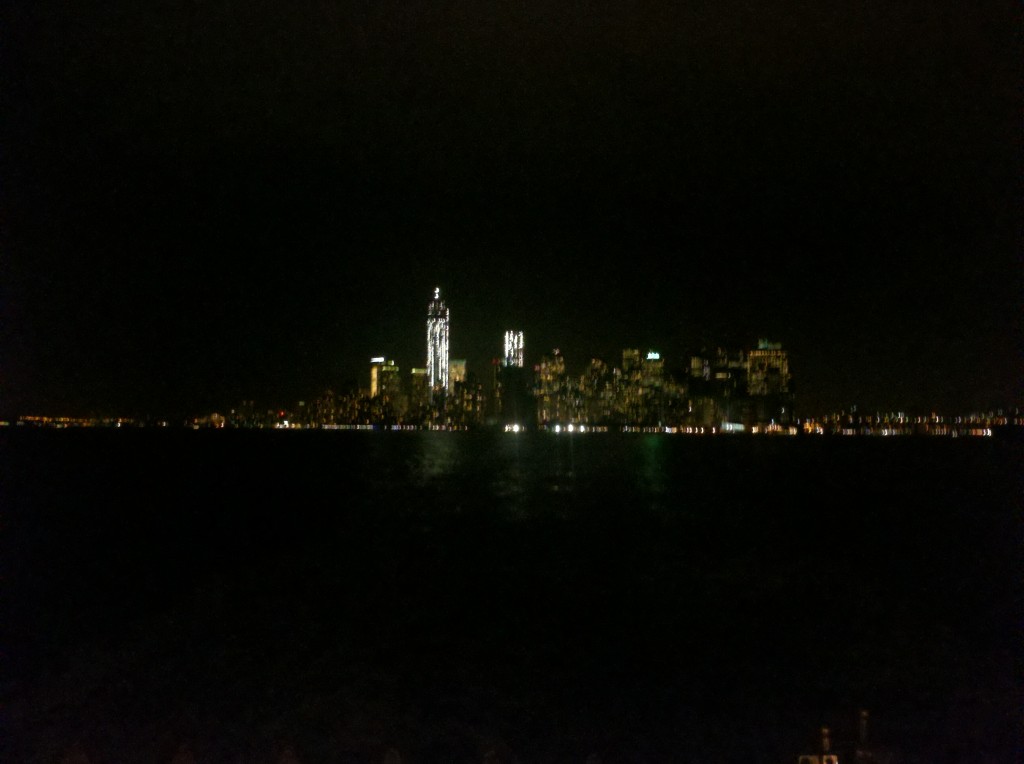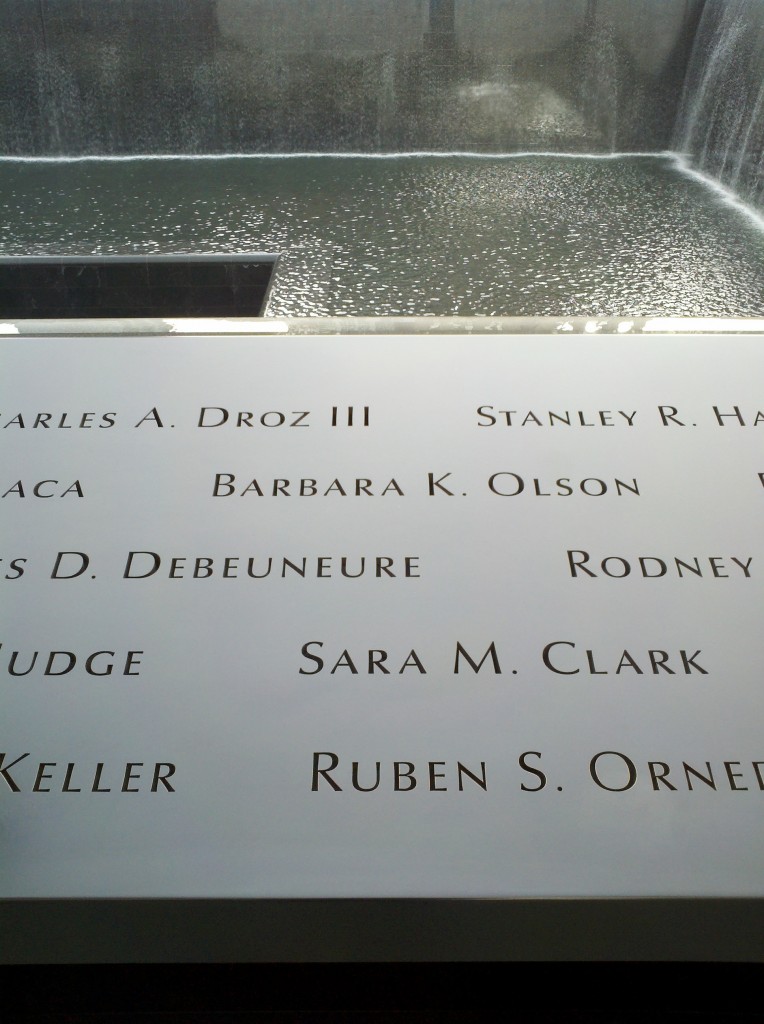Everyone knows the significance of the date of September 11, 2001. 9/11/2001 begat 6/28/2004. What happened on June 28, 2004? The first trilogy of detainee cases were decided by the United States Supreme Court: Rumsfeld v. Padilla, Rasul v. Bush, and Hamdi v. Rumsfeld. Each opinion began with a direct reference to the 9/11 attacks.
It is interesting to compare how each opinion during the October 2003 term (barely 3 years after 9/11) described the attacks (putting aside the thorny legal issues).
In Rasul, Justice Stevens wrote:
On September 11, 2001, agents of the al Qaeda terrorist network hijacked four commercial airliners and used them as missiles to attack American targets. While one of the four attacks was foiled by the heroism of the plane’s passengers, the other three killed approximately 3,000 innocent civilians, destroyed hundreds of millions of dollars of property, and severely damaged the U.S. economy.
In Hamdi, Justice O’Connor wrote:
On September 11, 2001, the al Qaeda terrorist network used hijacked commercial airliners to attack prominent targets in the United States. Approximately 3,000 people were killed in those attacks.
In Padilla, Chief Justice Rehnquist wrote:
On May 8, 2002, Padilla flew from Pakistan to Chicago’s O’Hare International Airport. As he stepped off the plane, Padilla was apprehended by federal agents executing a material witness warrant issued by the United States District Court for the Southern District of 431*431 New York (Southern District) in connection with its grand jury investigation into the September 11th terrorist attacks.
There were no detainee cases during the OT 2004 term, but we got Hamdan v. Rumsfield in OT 2005. In Hamdan, Justice Stevens wrote:
On September 11, 2001, agents of the al Qaeda terrorist organization hijacked commercial airplanes and attacked the 568*568 World Trade Center in New York City and the national headquarters of the Department of Defense in Arlington, Virginia. Americans will never forget the devastation wrought by these acts. Nearly 3,000 civilians were killed.
Which brings us to OT 2007’s Boumediene v. Bush, where Justice Kennedy glossed over the 9/11 attacks, and went right to the AUMF:
Under the Authorization for Use of Military Force (AUMF), § 2(a), 115 Stat. 224, note following 50 U.S.C. § 1541 (2000 ed., Supp. V), the President is authorized “to use all necessary and appropriate force against those nations, organizations, or persons he determines planned, authorized, committed, or aided the terrorist attacks that occurred on September 11, 2001, or harbored such organizations or persons, in order to prevent any future acts of international terrorism against the United States by such nations, organizations or persons.”
I suppose it is only fitting to quote from Justice Scalia’s dissent in Boumedienne.
America is at war with radical Islamists. The enemy began by killing Americans and American allies abroad: 241 at the Marine barracks in Lebanon, 19 at the Khobar Towers in Dhahran, 224 at our embassies in Dar es Salaam and Nairobi, and 17 on the USS Cole in Yemen. See National Commission on Terrorist Attacks upon the United States, The 9/11 Commission Report, pp. 60-61, 70, 190 (2004). On September 11, 2001, the enemy brought the battle to American soil, killing 2,749 at the Twin Towers in New York City, 184 at the Pentagon in Washington, D. C., and 40 in Pennsylvania. See id., at 552, n. 9. It has threatened further attacks against our homeland; one need only walk about buttressed and barricaded Washington, or board a plane anywhere in the country, to know that the threat is a serious one. Our Armed Forces are now in the field against the enemy, in Afghanistan and Iraq. Last week, 13 of our countrymen in arms were killed.
For my account of 9/11 in Staten Island, see here.
Without further ado, here are photographs of the memorial. It is quite imposing. I remember very clearly how huge the Twin Towers were, and to think that the footprints of these titans are now fountains is simply remarkable. The rushing water is quite loud, and nearly drowns out the noise of the city to provide a thoughtful contemplative experience.
Around the perimeter of the monument are the names of all those who lost their life on 9/11 (and in the 1991 WTC bombing). One panel struck out at me, as the lives of a mother and her unborn child were both taken. Here is the panel commemorating Todd Beamer, who famously stated “Let’s Roll” on Flight 93.
I visited the 9/11 memorial in Shanksville, Pennsylvania in 2009. That temporary memorial has been taken down, and a permanent memorial is being constructed.
As well, here are photographs of the Liberty Tower, currently under construction, but will rise to 1776 feet tall (perfect height if you ask me!).
And, a view from the Staten Island Ferry.
This memorial is particularly important to former-Solicitor General Ted Olson. On 9/11, Ted’s wife Barbara Olson was killed on September 11th when Flight 77 was flown into the Pentagon.
Here is a photograph of Olson’s name on the memorial.
Olson argued, and lost Rasul. This case was personal.
Speaking of Solicitors General, I didn’t realize that Paul Clement argued Boumediene, Hamdan, Padilla, and Hamdi. Paul Clement is like the Kevin Bacon of the Supreme Court. He’s in every case, whether he’s a party or not (see intervention in McDonald!).
This was a very moving experience for me. If you are in New York, do make a point to visit. You need to obtain tickets in advance, but they are free and easy to request online.
